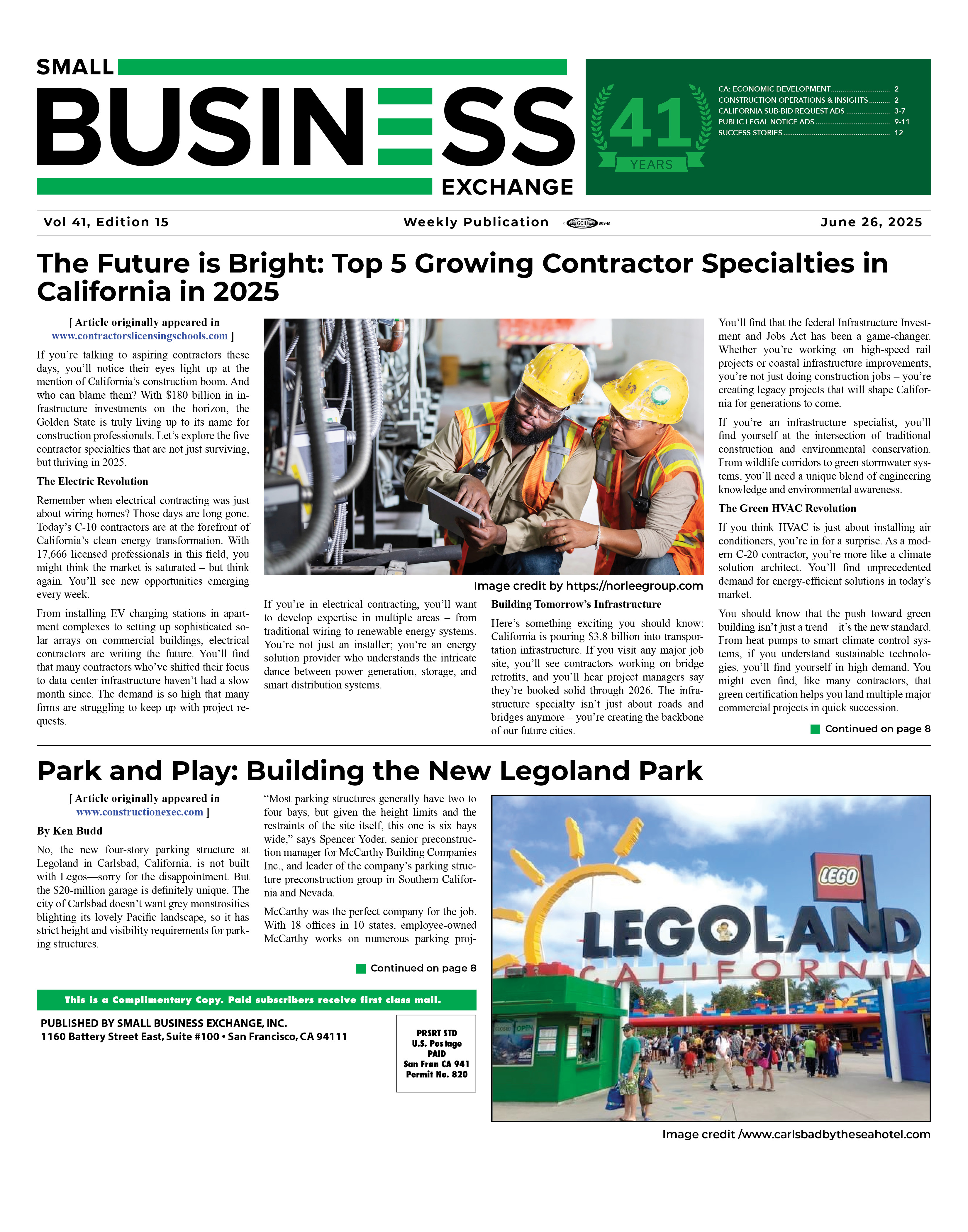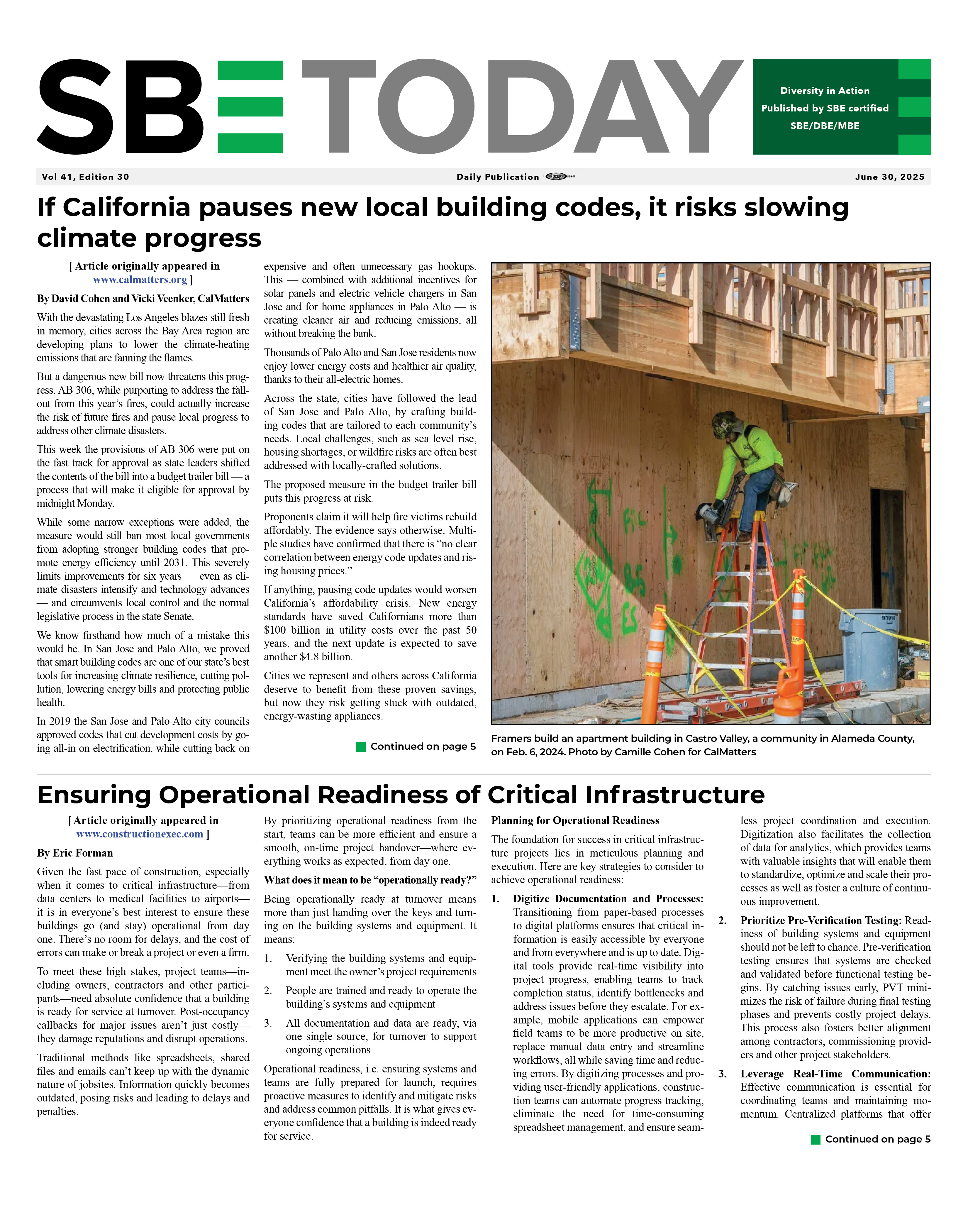As 2019 is winding down, it’s time to look toward 2020. Last year, our customers made predictions about what to expect in 2019, from more data-driven decisions to escalating material costs. According to Deloitte, the construction industry continued to grow in 2019 despite cost pressures, labor shortages, and fixed-bid projects.
However, in 2020, the 2020 Dodge Construction Outlook is forecasting that construction starts will decline by 4% to $776 billion. The good news is that the level of construction activity will remain close to recent highs. With a changing construction landscape, new trends will start to alter how the industry builds.
Here are the top trends we think will impact construction in 2020.
Labor shortage continues on
A labor shortage has been impacting the construction industry for years. In 2020, the labor shortage will continue and could get even worse. Autodesk and the Associated General Contractors of America (AGC) partnered to do a survey on the labor shortage and how technology is helping construction companies address it. According to the survey, 80% of respondents said they’re having difficulty filling hourly craft positions, and 44% report that shortages are causing projects to take longer than scheduled.
Longer construction schedules and difficulty finding skilled laborers are impacting the bottom line. According to the report, 43% of respondents said that construction costs have been higher than anticipated, forcing them to put higher prices and completion times into their bids. To help combat the labor shortage, 29% of respondents are investing in new technology to supplement worker duties. It’s also going to push the industry to adopt different ways of building.
Prefabrication and modular housing continue to be popular
The concept of prefabrication in construction was used as far back as 3,800 BC when England used prefabricated timber sections to build the Sweet Track. While it may be an old method, prefabrication is a trend to look out for in today’s construction environment. Specifically, modular housing is becoming increasingly popular. According to a MarketandMarkets Research report, the global market for modular construction is projected to grow to $157 billion by 2023, up significantly from $106 billion in 2017.
Modular construction is greener, faster, and safer. Because building and site work can be done at the same time, buildings can be completed as much as 50% faster. This reduces the amount of labor needed, which has been hard to come by as of late in the United States. It is safer because complex assembly can be done at ground level instead of at great heights, and fewer workers are needed on-site. Modular construction can also lead to more versatile architectural design, foster a quality controlled environment, and reduce materials by 90%.
Automation and machine learning increase
Construction is full of manual, time-consuming processes. As more construction companies adopt technology, automation and machine learning are going to be at the forefront to increase efficiency and save valuable time. In 2020, automation and machine learning will start to be more prevalent with things like 3D printed construction, robotics, autonomous dozers, a semi-automated mason (SAM). In addition to the increase in on-site technology, preconstruction will see an uptick in automation and machine learning.
During preconstruction, general contractors identify and address risk. The problem is that assessing risk is a linear and very reactive process that can cause data and knowledge to become trapped within a project. Crucial performance data doesn’t transfer from the field back into the next preconstruction cycle to reduce risk. Construction will start to see the use of more technology like TradeTapp and Construction IQ to create feedback loops between projects, teams, phases, general contractors, and partners.
Wrap-up
No one can predict the future. But taking what we’ve learned from industry reports, our findings, and conferences, we believe these are the top construction trends to look for in 2020. Make sure to be on the lookout for them all when you’re planning for the new year.
SOURCE: https://blog.buildingconnected.com/top-construction-trends-to-look-for-in-2020/







